We’ve been testing Stihl MS 500i for a longer period and in this article we sum up the results from this long-term testing. Stihl’s new 80cc chainsaw with fuel injection has taken the chainsaw industry by storm. It’s a buzz for sure! It was a long time since there was a larger technological leap in the chainsaw industry and when new products arriving, then it will be interesting for everyone with an interest.
Table of Contents
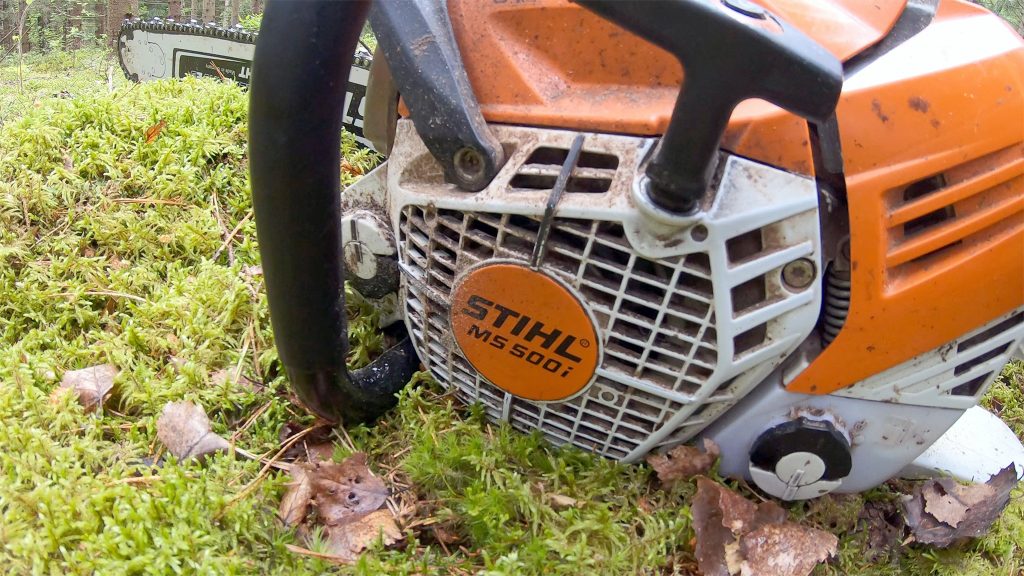
For those of you who missed our first test of Stihl MS 500i, you can read it in our article of the initial test of the MS 500i.
In the name of honesty, it was not easy to summarize the first test in the link above. Stihl MS 500i was a chainsaw that lacked references. It has power almost like a 90cc while weighing as (kind of) a 60cc saw. This, combined with a cruel acceleration, means that the saw ends up in a completely separate class that has not existed until now.
In addition to always being independent, we try to be nerdy critical when testing new products. We try to find those things that may be good to know, whether it is positive or negative. For MS 500i, it boiled down to the fact that there was little sawdust inside the air filter, this is after Lars-Erik ran the saw for three months and consumed about 100 liters (25 gallons) of gasoline in it. And he skipped maintenance! It feels almost a little silly to take up because the chainsaw didn’t seem to care about this, but this is the only negative we find.
But that’s how we humans are found and perhaps one of the reasons we are where we are today. It has also been noticed in the comments of MS 500i. Here are examples of opinions we’ve heard so far:
500i will never last. It is not possible to serial-produce such a saw, which will then last over time.
Someone said it (probably) is thirsty.
It is so expensive that no one will buy it.
Does Stihl MS 500i last over time?
This was an issue we asked ourselves after hearing the above statement that it will not. We decided to try to get a longer test than the week on which the first test was based. Stihl Norden lent us the saw again and now it has run over 100 tanks (about 100 liters of gasoline), this in 3 months between March and May 2019.
And now we humans come in again. The order from us to Lars-Erik who ran the saw was to be naughty against it. Run it at least as hard as the other saws in the arsenal, no preventative service (just refuel and drive as long as it goes).
And so he did. And the Stihl MS 500i seemed to like it!
The thing has just kept on going, without any problems. The air filter is basically completely clogged. It does not seem to come to it. It starts at first or second jerk (sometimes at third) and it seems to run better than ever.
But wait now, it must be thirsty?
According to Lars-Erik, who now consumed 100 liters of fuel in the saw, it is not thirsty. This is, therefore, from a professional chainsaw logger’s perspective where he then also weighs in performance. Then it is not thirsty than anyone else.
Ok, but no one will buy one saw for over USD 1,700?
Well, one looks at what has been discussed in a topic on Skogsforum, there is undoubtedly a crazed target group. For manually working loggers, the purchase price of Stihl MS 500i is not a deterrent. Compared to the car’s monthly fee, the sum is quickly manageable. But perhaps the most important thing is that productivity increases and the saw can hopefully pay off within a reasonable time. There will surely also be a market for conscious forest owners, probably it is several that “should only have one”.
Although not Stihl MS 500i was the first chainsaw with fuel injection (now we have that human thing again, it was Jonsered XD which was released in 1957), it will probably be that Stihl MS 500i is the saw that with the help of injection will push the chainsaw industry into a new era. An era where we will be spoiled with lower weights and higher effects. It feels okay!
Here’s a video that sums up the testing of Stihl MS 500i, what do you think?






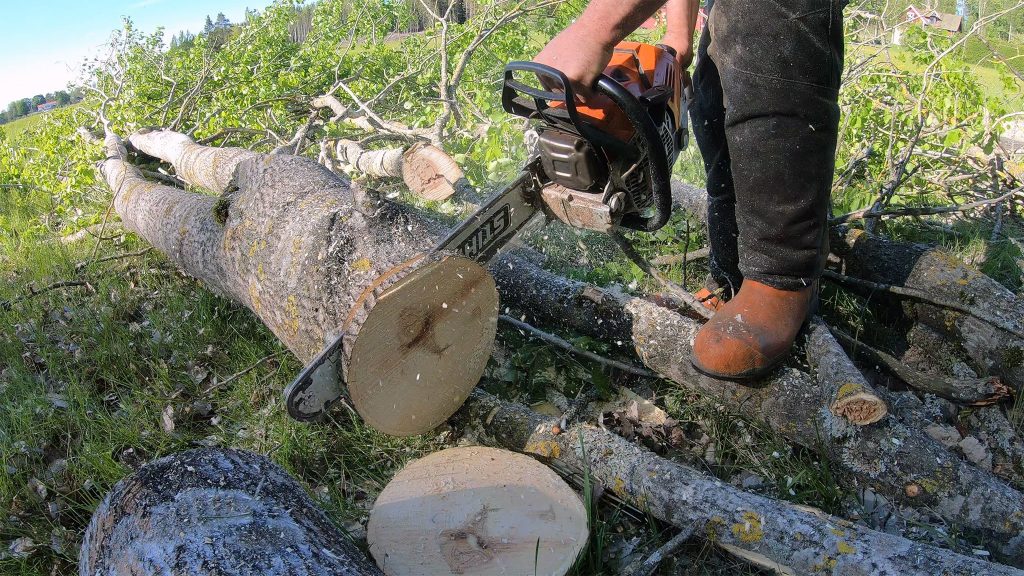
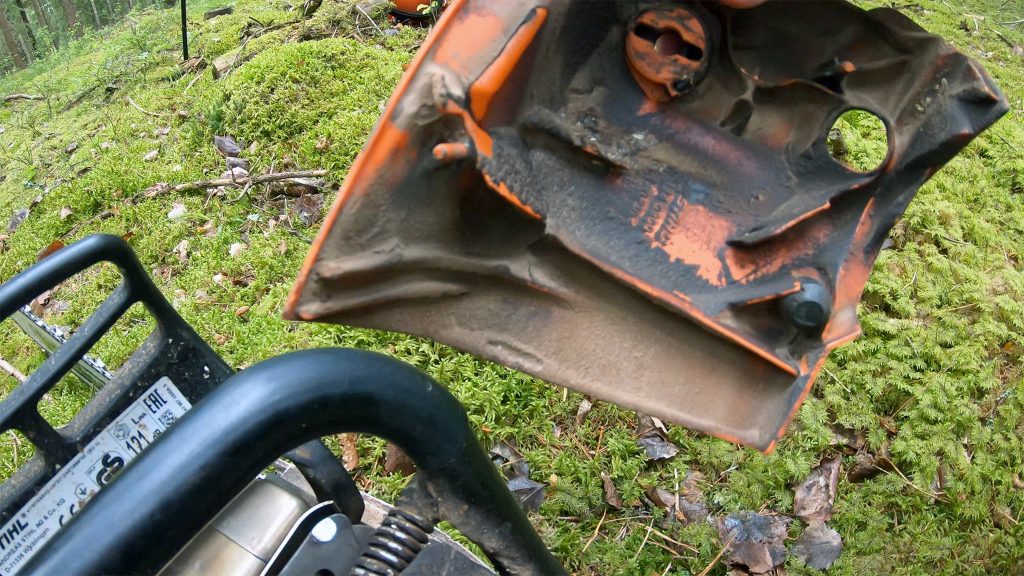
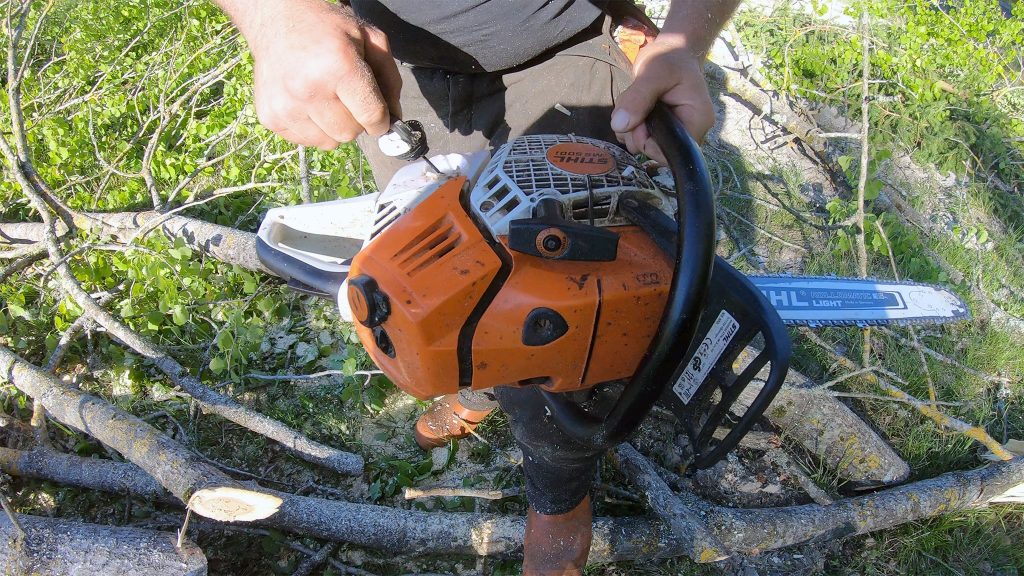
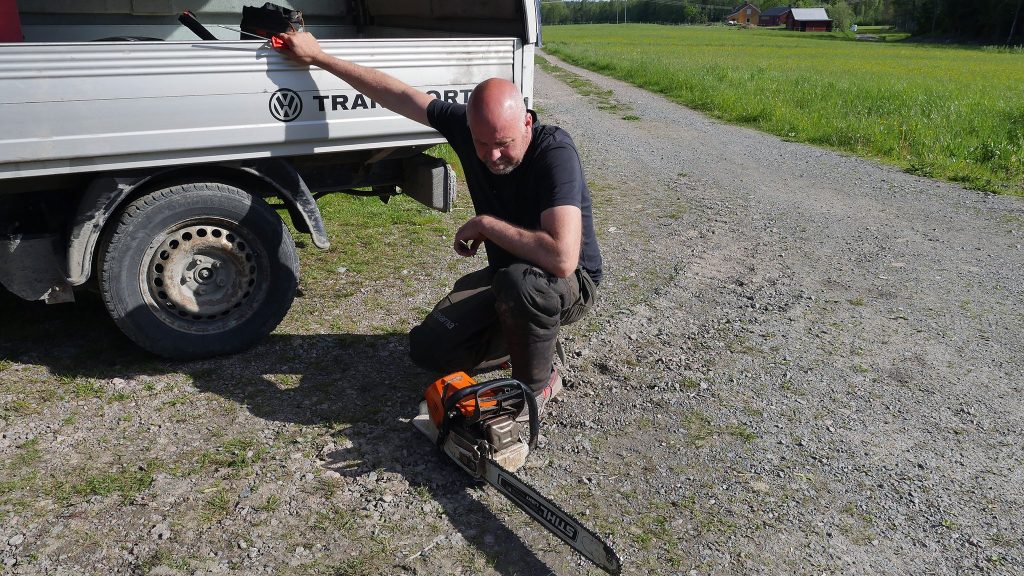






It is very interesting to see how well the saw works after three months of intensive use without service. I don’t think that the airfilter is a problem, becouse I already had the opportunity to test the saw and when I checked the airfilter, it was attatched very well. The seam looked good as well.
Could you please tell me what type of fuel was used during the test?
I have owned my Jonsered 2095 Turbo for many years – bought new in 1991. The only maintenance ever done was a new filter and spark plug after about 15 years! and many many tons of wood cut. I actually only replaced those two items at that point as I felt obligated to perform some sort of maintenance on the saw. This Low (VERY LOW ) maintenance requirement is a Tribute to the ignition system and the FANTASTIC air separation called “Turbo” by Jonsered back then ( air injection by Husqvarna today ) So VERY VERY VERY efficient is the air/dust separation that I never even had to clean the filter during those many years of wood cutting (DRY WOOD) !!! The previous saw was a Sthil which required the air filter to be cleaned every couple of tankfuls…….what a pain. I am a great advocate of fuel injection of two stroke and have a history in its implementation in the field of 2 stokes. Finally its found its way to the chainsaw industry. BUT after designing a saw to accept fuel injection you neglect to incorporate air injection/turbo/ whatever you want to call it of the air supply. The application use /purpose of the saw is invariably in a dusty environment. Loggers may cut greed wood (less dust ) but a great portion of the market cuts wood for domestic use (dry wood ) which generates massive amounts of dust particles in the saws immediate area………… Either way, I feel is was a major failure to design the saw without this method of air filtration especially given it success over the years. A saw(motor) needs only 3 things to operate air /fuel /spark. Spark is covered, fuel you fixed with injection and air…….well you dropped the ball on that one. For that little bit of extra effort of (air particle separation) – I would have gone out today and bought this saw. I am in need of one, as I lost my Jonsered ( and %90 of my belongings) in the 2020 bushfires here in Australia. SO after nearly 20 years of faultless operation of cutting wood to burn in our home fires – the fire finally got its revenge.
What a story Glen! Sorry for your Jonsered an everything that was destroyed by the fire. I hope there is a life also after those horrible bushfires.
Hello Torbjorn, I survived the fires and 3 weeks later we had a flood ! crazy place. I went out and bought the Stihl 500i a week after my post. It is an impressive saw – but is it made in Germany ? The box it came in “Made in Germany” there is also a plastic sticker (label ) attached to the saw
– Made in Germany……but nowhere on the saw in any of the castings could I find indentification as to where it was manufactured. THis was another reservation I had about buying/paying so much money. That aside the Stihl 500i is an exceptional saw. I have had only a few days of wood cutting but have found it to be enjoyable to use – not as heavy as the Jonsered 2095 ( nearly2kgs lighter ! ) but the same power. I laughed when I found the article about runnning a 3/8 picco chain. I have ONLY ever run 9T sprocket & .325 full chisel chain on my JOnsered 2095 saw. I did this for the past 20years. I am running the same setup – .325full chisel chain on a Tsumura 24″ bar with 9 tooth sprocket on the Stihl 500i. The idea is to make one piece of wood into 2. Two pieces into 4 etc etc …..not to make sawdust, so the less sawdust the better Im at achieving my goal, and more of the saws power is being used for severing the wood not making a wide channel/groove. I have never really understood why people use 3/8 chain at all. My dissapontment with the saw at this stage is as predicted AIR FILTRATION, after only a few cuts I found the air filter covered in saw dust particles, a crying shame for what would otherwise have been a fairly well designed chainsaw.
Stihl has had a production fuel injected 2-stroke on the market, and presumably many thousands sold in the form of their TS400i and TS500i cutoff saws for around a decade.
Cutoff saws generally live a pretty hard life eating concrete dust and worse, so a pretty good place to ground test how well a relatively ‘complex’ (as against carburettors) fuel delivery system stands up to long term use and abuse.
I have one of the latter, manufactured in 2011 and hauled out the the shed recently after many years of non-use. To my pleasant surprise, after replacing the fuel priming bulb, which had perished after standing for several years, with the engine filled with fresh fuel, it ran up no problems.
So the longevity of the injection system and electronics is already quite well proven.
I should add I’ve just bought an MS500i to replace/upgrade my older MS441 C-M which has been a great (and reliable) saw.
So I have reasonably high expectations!
Great! Good luck with your new gear!